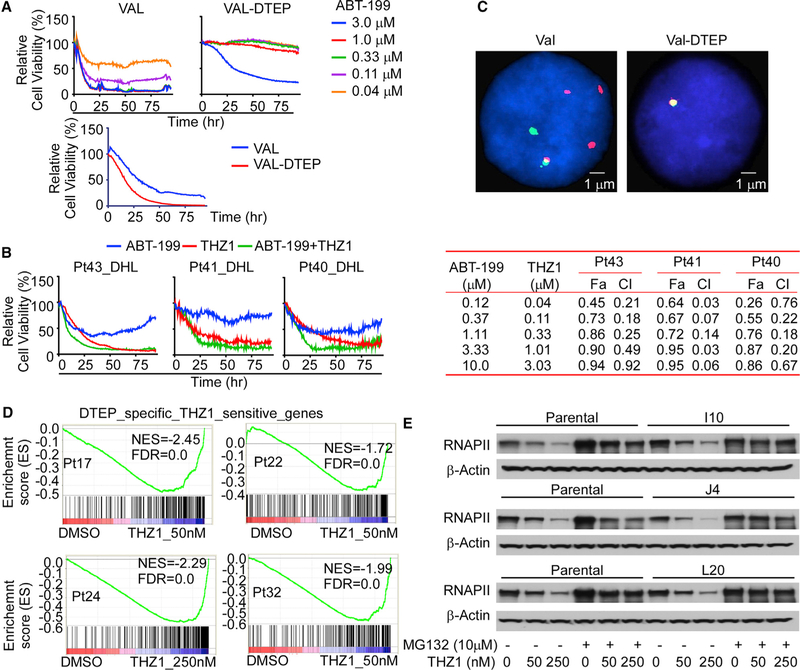Figure 7. BCL2 Amplicon Loss and CDK7 Vulnerability Are Hallmarks of ABT-199-Resistant DHL Cells and Primary DHL Specimens.
(A) Image-based cell-viability assays of parental DHL VAL and VAL-DTEP cells treated with the indicated doses of ABT-199 (upper) or with 110 nM THZ1 (lower). Data shown are representative of three independent experiments.
(B) Left, image-based cell viability of primary double-hit lymphoma (DHL) patient samples cultured on lymphoma stromal cells following treatment with ABT-199 (20 nM), THZ1 (50 nM), or ABT-199 + THZ1 (20 and 50 nM, respectively). Right, synergistic effects for drug combinations were obtained through combination indices (CIs) with CalcuSyn software using percent inhibition (fraction affected [Fa]) resulting from combined action of the two drugs versus effects of either drug alone. CI values < 1.0 indicate synergism of the two agents.
(C) FISH analysis using a BCL2 probe in parental DHL VAL cells (VAL, left), and ABT-199-resistant VAL-DTEP cells (right). Cell nuclei are counterstained with DAPI in blue, the 5′ region of the BCL2 gene was targeted with a red colored probe and the 3′ region of BCL2 gene with a green colored probe.
(D) GSEA of DTEP-associated and THZ1-sensitive genes identified in DTEP MCL cell lines with THZ1-induced altered genes in primary ABT-199-resistant MCL patient samples. Genes were ranked according to their expression fold change between control and THZ1 treatment (50 or 250 nM, 6 h). NES, normalized enrichment score; FDR, false discovery rate.
(E) Western blot showing THZ1-induced degradation of the large subunit of RNAPII in parental HBL-2 and DTEP cells, and that pre-treatment with proteasome inhibitor MG132 impaired THZ1-induced degradation of RNAPII in all DTEP cells. Data shown are representative of three independent experiments.
See also Figures S7 and S8.

